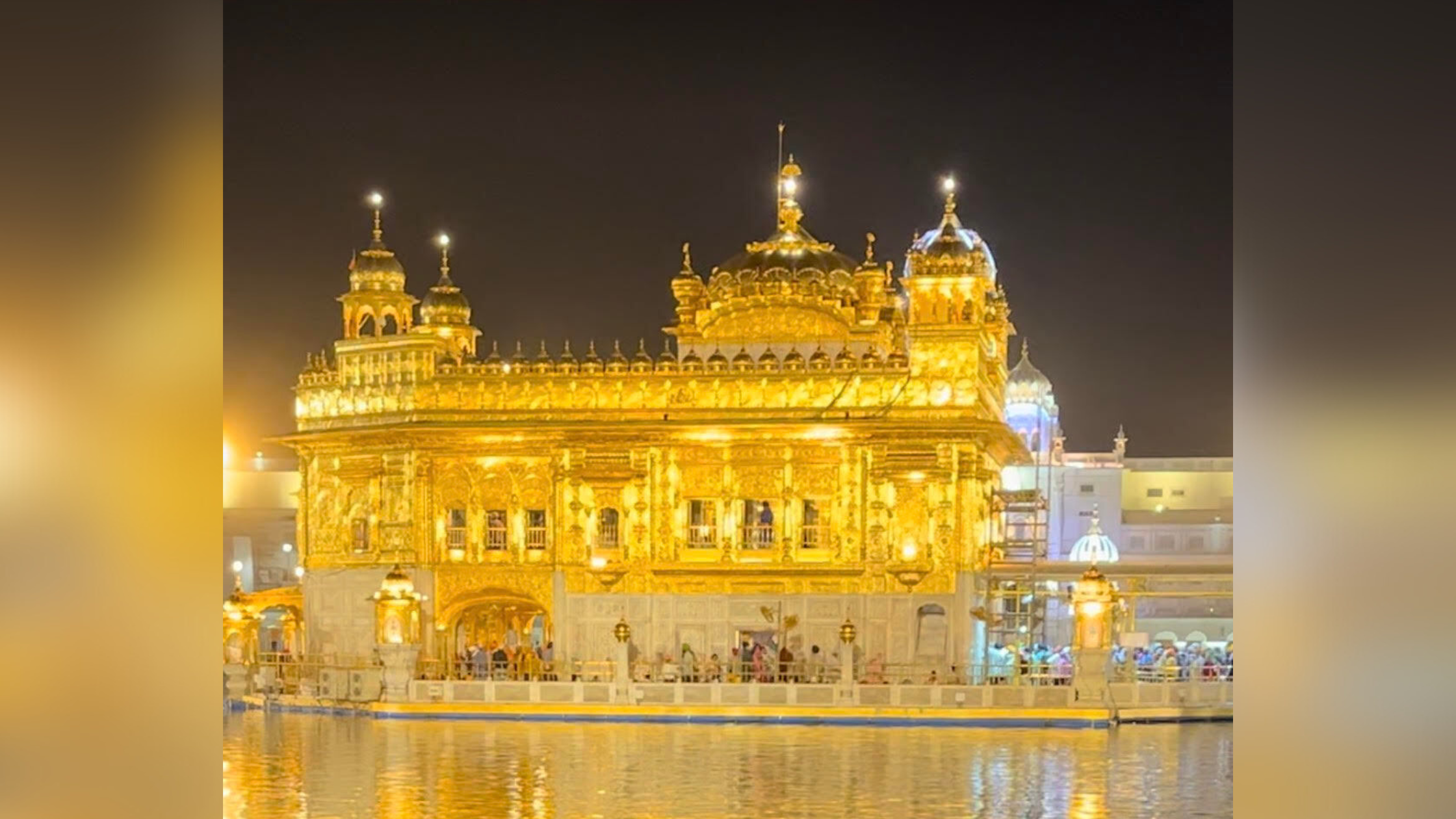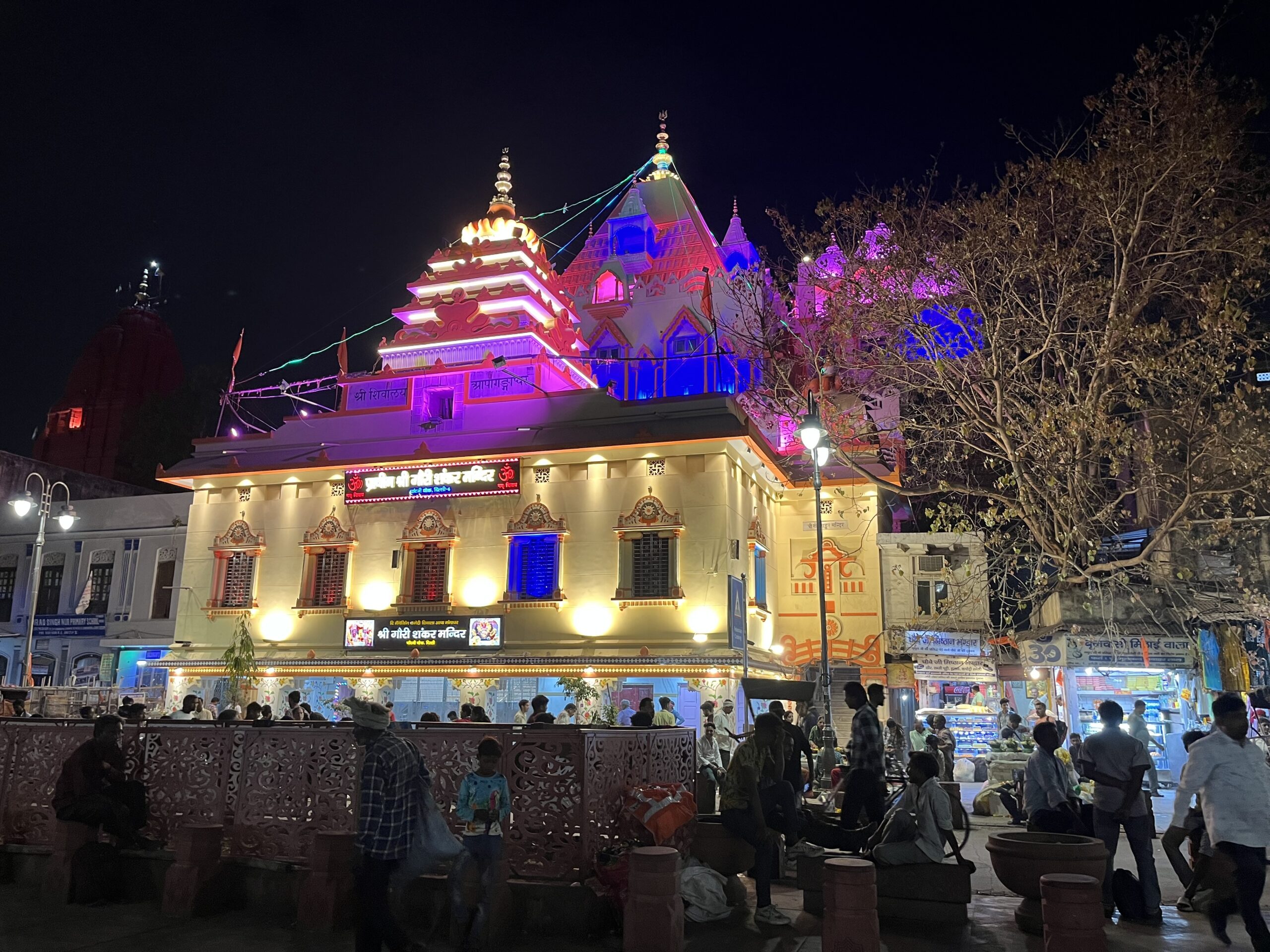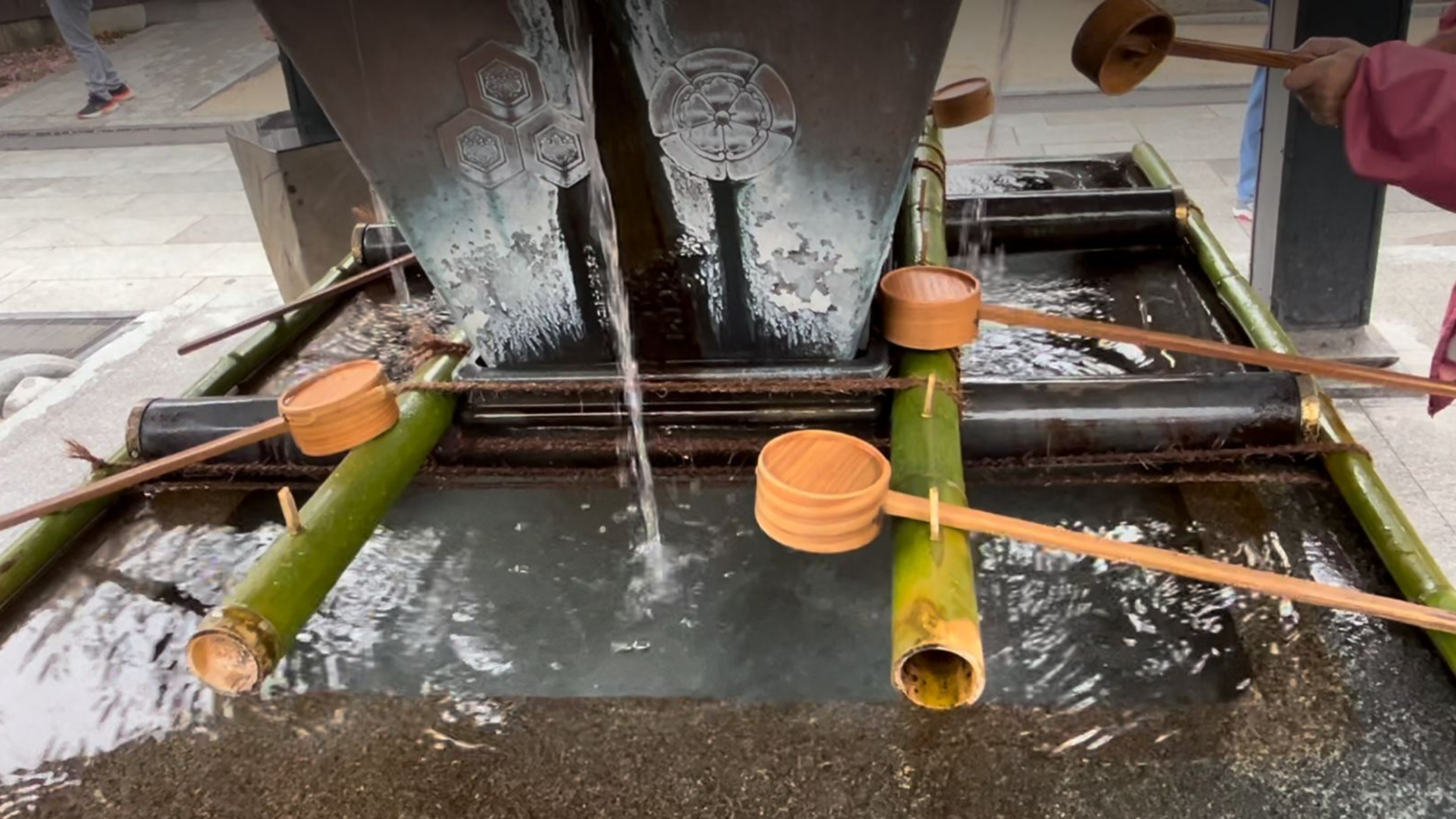“Every act of forgiveness mends something broken in this fractured world. It is a step, however small, in the long, hard journey to redemption.”
—Rabbi Jonathan Sacks
While many are familiar with Hanukkah thanks to its proximity to Christmas, often people know less about the more significant Jewish holidays, the ten-day period known as the High Holy Days (or High Holidays). For Jews, these holidays are the premier event of the year, known as the Days of Awe, and they call on Jews to reflect deeply about their lives and deeds. The High Holidays begins with Rosh Hashanah, the New Year, and ends with Yom Kippur, the Day of Atonement.

Sounding the shofar; Photo credit: Canva.com
Rosh Hashanah
Rosh Hashanah, celebrated over either one or two days, is the new year and recalls the day of creation. As with all the High Holy Days, the focus is on repentance. During Rosh Hashanah, the shofar (a ram’s horn) is sounded as a wake-up call to repent and amend one’s ways. As part of the day’s tradition, Jews throw crumbs of bread, representing one’s sins, into flowing water to cast them away. The new year is also a day of judgement as God evaluates people’s lives and begins to decide whose names should go in the Book of Life (meaning you will live another year) and whose will not.
Many celebrate with challah bread, a round bread symbolizing the cycle of life, that can be dipped in honey to mark the sweetness of the new year. Apples are dipped in honey for the same reason. Synagogues will overflow with attendees on this important day. You can wish a Jewish friend or colleague a happy new year (Shanah Tovah in Hebrew) while some Jews will wish each other to be inscribed in the Book of Life.
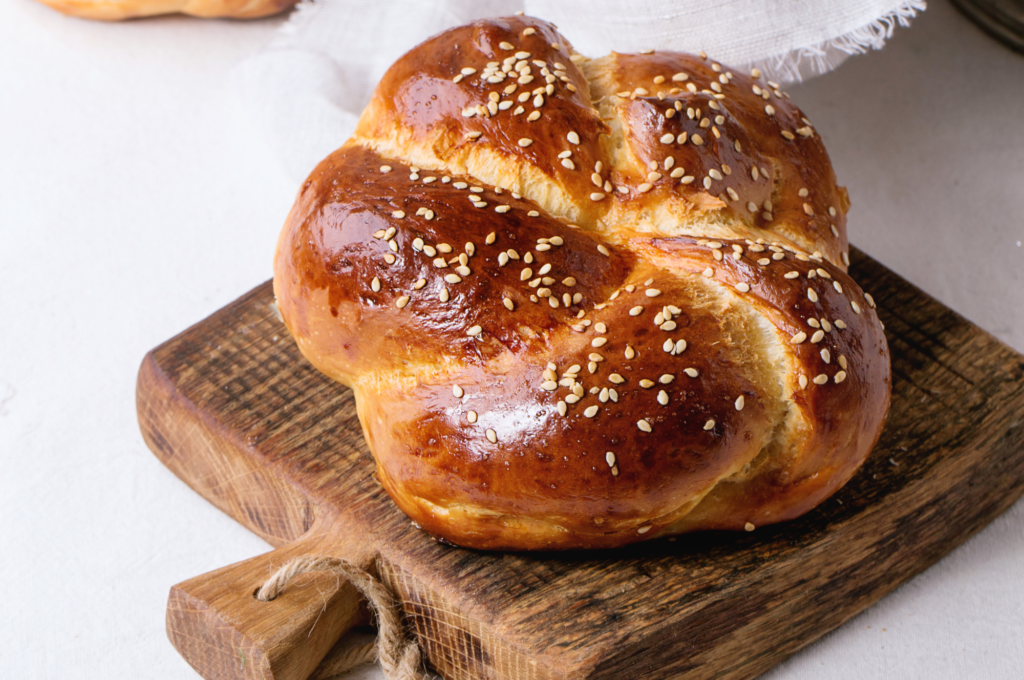
Challah bread; Photo credit: Canva.com
Yom Kippur
The High Holidays end with Yom Kippur, the Day of Atonement. On this day, people atone for their errors and are encouraged to seek forgiveness from those they have harmed during the year. Sincerely apologizing to others is difficult and humbling but also shows deep respect for the person and the relationship.
To mark this solemn day, the most important of the year, people separate from the joys of ordinary life. Thus, there is a 25 hour fast and people also abstain from bathing, sex, and wearing leather which was a sign of wealth in prior times. Wearing white is common to symbolize purity, and so, combined with not wearing leather, it means many attend synagogue wearing white sneakers.
During the High Holy Days, it is said that God keeps open the Book of Life until Yom Kippur, as serious repentance may alter his judgements. But on Yom Kippur, the final decision is made and the book is sealed for the year.
There are more and longer services at the synagogue on Yom Kippur than on any other day. The day ends with a long final blast of the shofar.
If you know someone who will be fasting on this day, a simple “have an easy fast” is a good greeting to share.
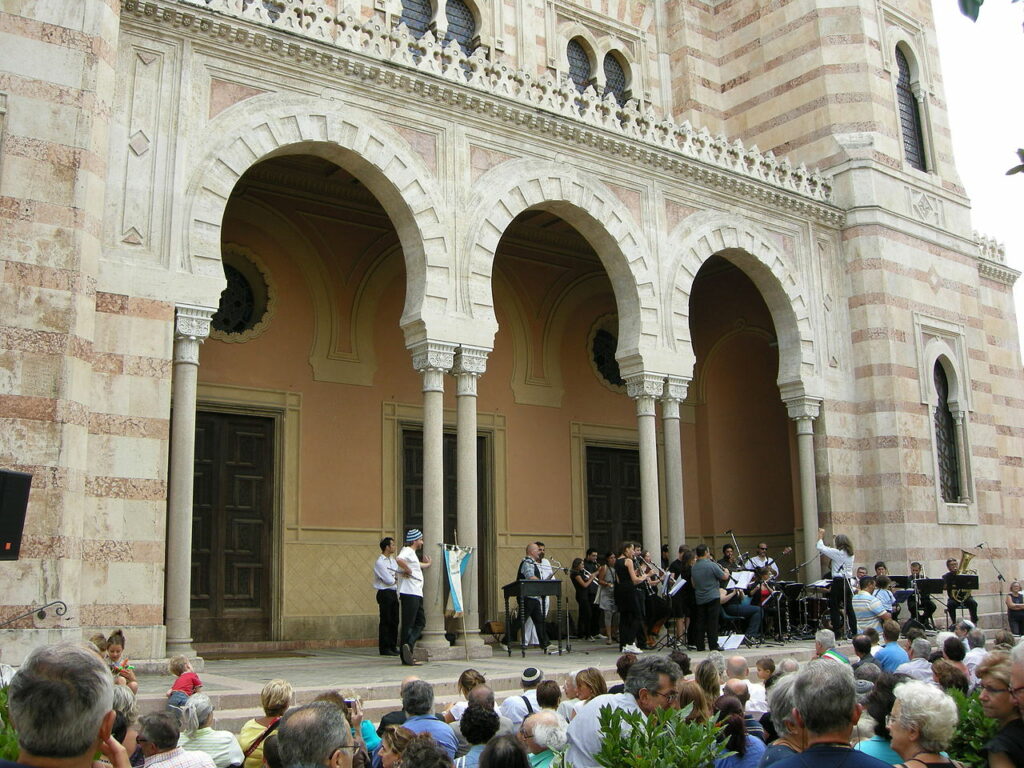
Photo credit: By I, Sailko, CC BY 2.5
What Religious Traditions Teach Us
The High Holy Days are Jewish by custom but, like many of the world’s religious observances, universal in message. Last year, when I wrote about Yom Kippur, I remember admiring the wisdom of a tradition that leads us every year to think about forgiveness, repentance, and setting intentions for the coming year.
Whether you’re Jewish, Christian, Muslim or none of the above, the world’s religious and cultural traditions have pearls of insight for us all.
“Jewish tradition teaches us that for the next ten days, the Book of Life is open. As millions of Jews ask God to inscribe their names in that book, we recognize how much lies beyond our control, yet during these days of awe we recognize our tremendous power to make a difference in our lives and in our world.”
—Barack Obama

